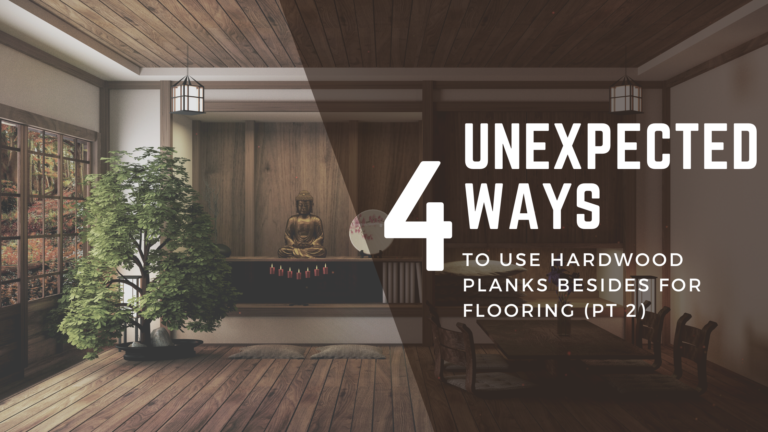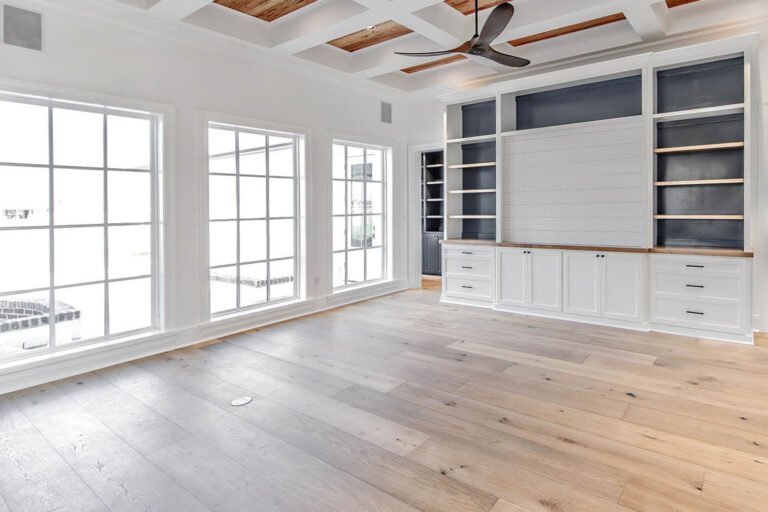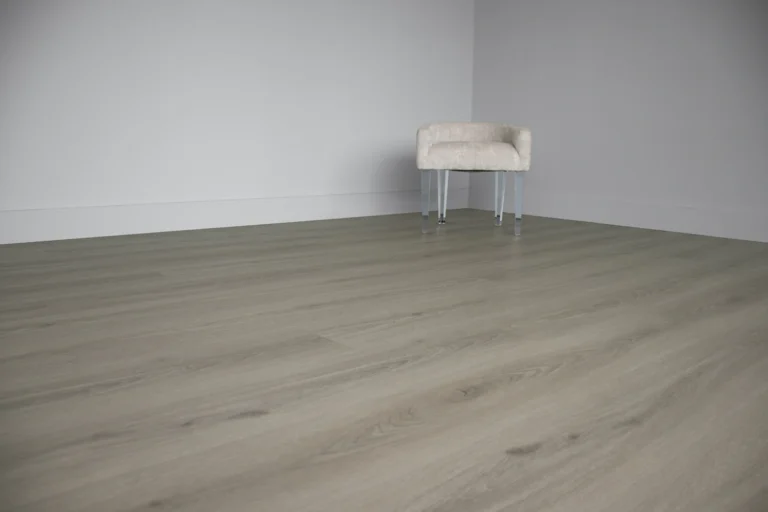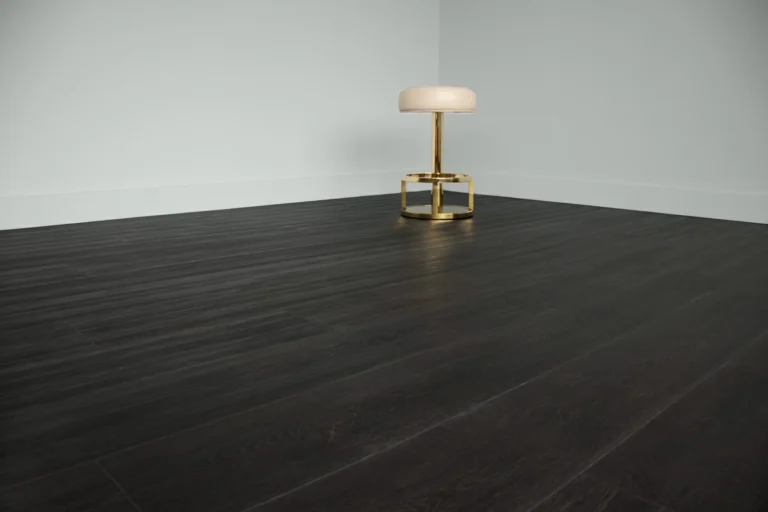Oak vs Walnut Flooring: Which Wood Flooring Should You Choose?
Are you struggling to choose between the classic charm of oak and the luxurious appeal of walnut for your flooring? Choosing between oak vs walnut flooring can be challenging, especially considering that each option has its exceptional qualities and advantages. This guide will help you understand both options’ unique attributes and benefits, making it easier to decide which engineering hardwood flooring best suits your space and style.
Understanding Oak Flooring
Oak flooring is a popular choice for homeowners seeking timeless elegance and durability. Here are the distinctive characteristics that make oak stand out:

Characteristics of Oak Wood
Distinctive Grain Patterns
Oak has a straight, uneven textured grain pattern that adds character and depth to any space.
Color Variations
Oak has various natural hues, from light golden tones to rich, deep browns. Its natural color variations add warmth and sophistication to any room, making oak ideal for modern and traditional interior designs.
Hardness And Durability
Oak is exceptionally hard and durable. It easily withstands everyday wear and tear. Its dense structure and robust composition make it highly resistant to scratches, dents, and wear and tear.
Pros Of Oak Flooring
Oak flooring offers several advantages that make it a popular choice among homeowners:
Classic and Timeless Appearance
Oak flooring offers a timeless and classic look. With its natural beauty, distinct grain patterns, and color variation, oak wood adds warmth and character to any space. Whether you prefer a rustic farmhouse vibe or a modern aesthetic, it complements various styles.
Versatility in Design
Oak can be stained in many colors, allowing customization to match your desired aesthetic.
Durability and Longevity
Oak is known for its strength and longevity. It is also resistant to scratches, dents, and other forms of wear and tear, making it a long-lasting investment for your home.
Cons of Oak Flooring
While oak flooring offers numerous benefits, it’s essential to consider potential drawbacks as well:
Prone to Water Damage
Prolonged exposure to water can cause oak to warp or rot, so it’s important to clean up spills promptly and maintain proper humidity levels.
Color Fading Over Time
Oak may fade with prolonged exposure to sunlight, adding a natural aging character and causing potential color differences.
Understanding Walnut Flooring
Walnut flooring is a luxurious choice for those seeking sophistication and warmth. Here’s what makes walnut wood unique:

Characteristics of Walnut Wood
Intricate Grain Patterns
Walnut wood has rich and intricate grain patterns, adding depth and character to flooring. Unlike oak, walnut features a straighter grain pattern with occasional swirls or knots, creating a unique appeal.
Color Variations
Walnut wood has a rich, chocolate-brown coloration, making it visually appealing. It has various color variations, from deep espresso tones to lighter caramel hues. The different color options make it suitable for any interior.
Hardness and Durability
While walnut is not as hard as oak, it still has impressive durability and strength. It is suitable for high-traffic areas in both residential and commercial settings.
Pros of Walnut Flooring
Walnut flooring is a popular choice for homeowners due to its stylish appearance and long-lasting durability. Here are some reasons why it’s so sought after:
Rich and Luxurious Appearance
With its deep chocolate browns and lustrous sheen, walnut exudes elegance and sophistication, adding warmth and character to any room.
Unique Grain Patterns
Walnut’s swirling, intricate grain offers a distinctive visual appeal, setting it apart from other hardwoods.
Resistance to Wear and Tear
Walnut flooring is renowned for its exceptional resistance to wear and tear. Its dense composition and robust structure make it highly durable and resilient, capable of easily withstanding the demands of daily life.
Cons of Walnut Flooring
While walnut flooring offers numerous advantages, it’s essential to consider some potential drawbacks before deciding. Here are some of the cons associated with walnut flooring:
Higher Cost Compared to Oak
One major drawback of walnut flooring is its higher cost than other hardwood options, such as oak. Due to its luxurious appearance and limited availability, walnut flooring tends to be more expensive upfront.
Sensitivity to Light Exposure
Walnut flooring is sensitive to light exposure and may experience some degree of color change or fading over time, especially when exposed to direct sunlight.
Limited Availability in Some Regions
In some regions, walnut flooring may be less readily available than hardwood options, such as oak. Walnut’s limited growth range can result in higher prices and longer lead times.
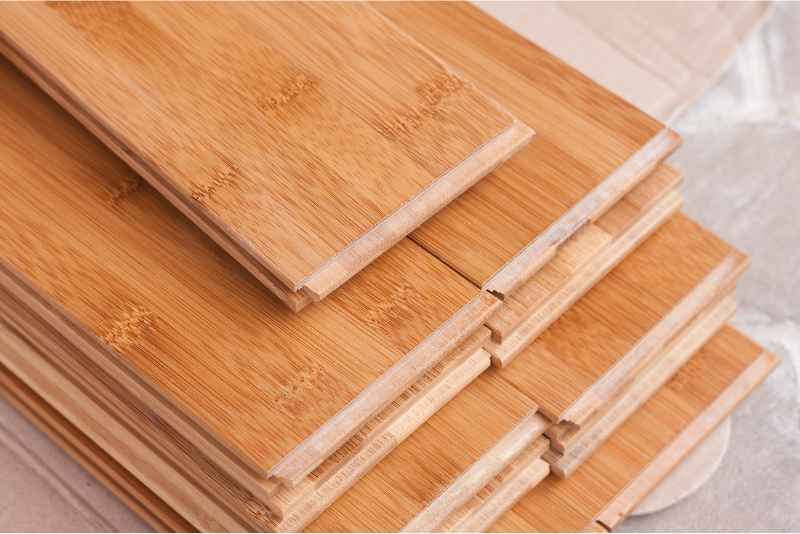
Detailed Comparison: Oak vs Walnut
Appearance and Aesthetic Qualities
Oak flooring offers a classic and timeless look with its prominent grain patterns and warm, earthy tones. It can blend into various interior styles, making it a popular choice for homeowners seeking a floor that stands the test of time.
Walnut flooring, on the other hand, presents a rich and luxurious appearance with deep chocolate browns and unique grain patterns. Its rich color variations and lustrous sheen add sophistication to any space, making it worth the investment for its unmatched elegance and timeless appeal.
Durability and Longevity
Both oak and walnut flooring are known for their durability and longevity. Oak is sturdy and capable of withstanding heavy foot traffic and everyday wear and tear. Its dense composition makes it resistant to scratches, dents, and surface damage.
While walnut is not as hard as oak, it offers impressive durability and strength. Its dense grain and natural oils help it retain its beauty and integrity for a long time, making it suitable for high-traffic areas in both residential and commercial settings.
Cost Considerations
Oak flooring is generally more budget-friendly, making it an ideal choice for homeowners on a tighter budget. Its widespread availability and straightforward manufacturing process contribute to its affordability. Despite its lower cost, oak flooring provides excellent value with its durability and timeless elegance.
Walnut flooring, typically priced higher than oak, commands a premium due to its luxurious appearance and limited availability. The rich color variations and unique grain patterns of walnut wood contribute to its higher cost. While it requires a larger upfront investment, many homeowners find its unparalleled beauty and sophistication justify the expense.
Estimate the cost of hardwood flooring by reading our other blog, “Decoding Costs: How Much Does Engineered Hardwood Flooring Cost?“
Maintenance Requirements
Maintaining oak and walnut flooring involves similar care practices to ensure longevity and beauty. Regular sweeping or vacuuming to remove dirt and debris, along with damp mopping using a hardwood floor cleaner, is essential. Oak flooring may require frequent refinishing to address scratches and wear over time.
In contrast, walnut flooring’s natural endurance and unique grain patterns often require less frequent maintenance, making it a preferred option for those seeking low-maintenance flooring.
Learn to clean and maintain your hardwood flooring in our other blog, “How To Clean Engineered Hardwood Floors?“
Installation and Finishing Options
Both oak and walnut flooring offer versatile installation and finishing options. Whether you prefer traditional nail-down, glue-down, or modern floating floor installations, both can accommodate various methods.
Additionally, oak and walnut flooring are compatible with various finishes, including oil, water, and UV-cured options. These options allow you to customize the appearance and durability of your floors to match your interior design preferences.
Learn the various installation option for engineered hardwood flooring in our other blog, “Engineered Hardwood Flooring Installation Made Easy“

Environmental Impact and Sustainability
Both oak and walnut are environmentally friendly, sourced from responsibly managed forests certified by reputable forestry organizations. By choosing oak or walnut flooring, you contribute to environmental sustainability and conservation efforts while enjoying the beauty of natural wood.
Regional Availability and Sourcing
Oak is widely available in many regions, the common sources being North America, Europe, and Asia. Its widespread availability makes it a popular choice for homeowners worldwide, offering diverse grain patterns and color variations to suit different design styles.
Proper distribution channels can source walnut woods, although their limited growth range makes them less readily available. Their limited availability can result in higher prices and longer lead times.
Transform Your Home with Premium Oak or Walnut Flooring!
Both oak and walnut flooring options offer distinct advantages. Oakwood stands out for its classic appearance, versatile design options, and exceptional durability, making it a popular choice for homeowners seeking timeless elegance and long-lasting performance. Walnut exudes luxury with its rich color variations and unique grain patterns, adding sophistication to any space.
As a California-based wholesaler, Villagio Wood Floors provides various flooring options that meet various style preferences and budgets. With our carefully curated selection of oak and walnut flooring, you can confidently offer customers premium choices that combine aesthetic appeal, durability, and environmental sustainability. Explore our catalog for the perfect flooring solutions that elevate any interior space, reflecting oak and walnut wood’s timeless beauty and sophistication.
FAQs – Oak vs Walnut Flooring
Is walnut more expensive than oak?
Yes! Walnut flooring is generally more expensive than oak flooring due to its luxurious appearance and limited availability.
How can you tell the difference between walnut and oak?
Walnut typically has a darker hue with rich, chocolatey tones, while oak tends to have a lighter, golden-brown color. Walnut often exhibits prominent grain patterns with swirling or straight lines. In contrast, oak grains are more pronounced and varied, with prominent cathedrals and flecks.
Is walnut a high-end wood?
Yes! Walnut is considered a high-end wood due to its luxurious appearance, rich color, and unique grain patterns.
What wood is better than oak?
There isn’t a definitive answer as it depends on personal preference and specific needs. Walnut, maple, and cherry are some alternatives that offer different aesthetics and characteristics.
What types of finishes are best for oak flooring?
Oak flooring is compatible with various finishes, including oil, water, and UV-cured options. Each finish type offers distinct benefits in terms of appearance, durability, and ease of maintenance.


